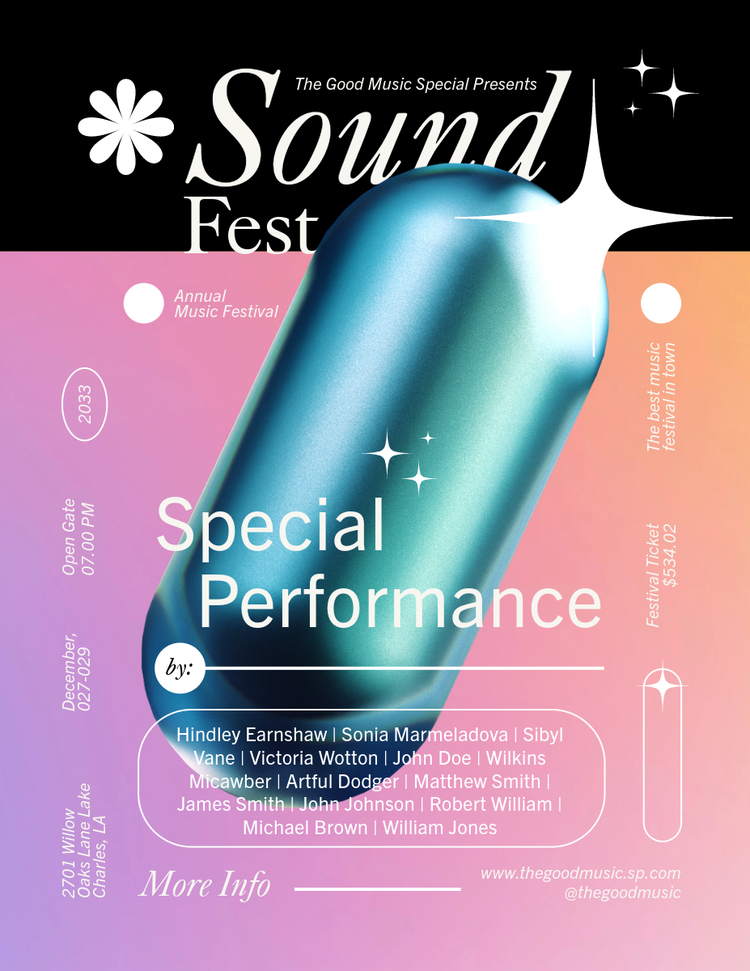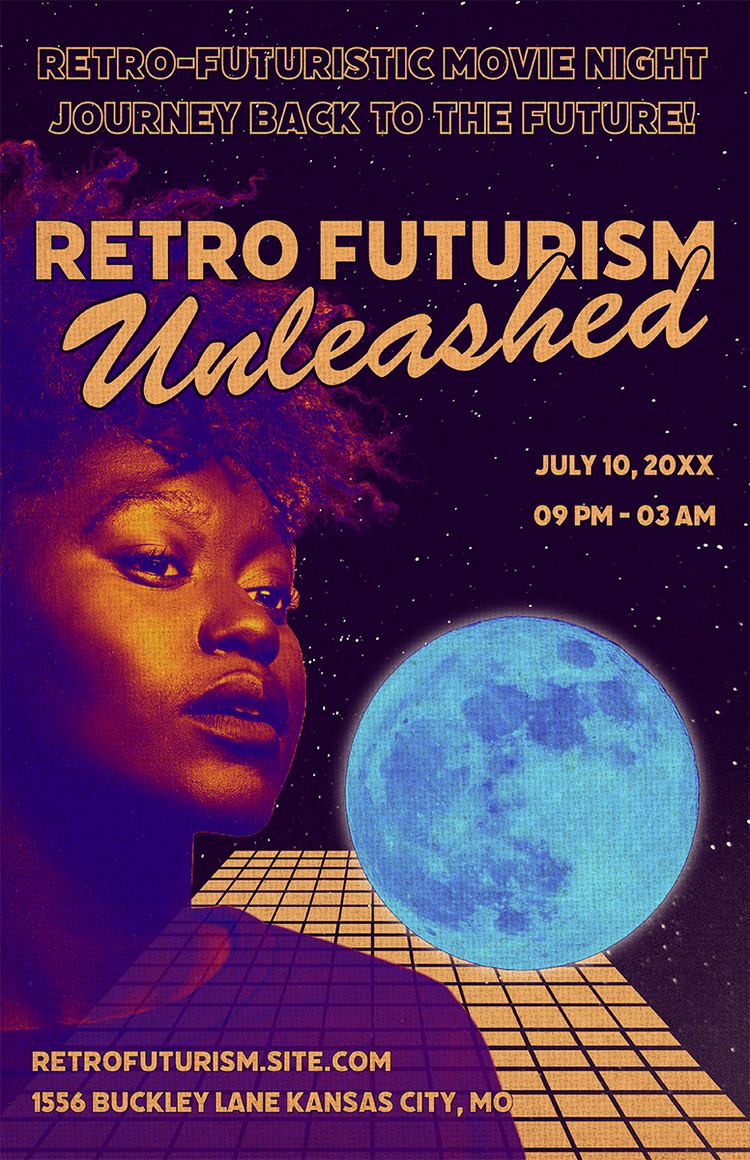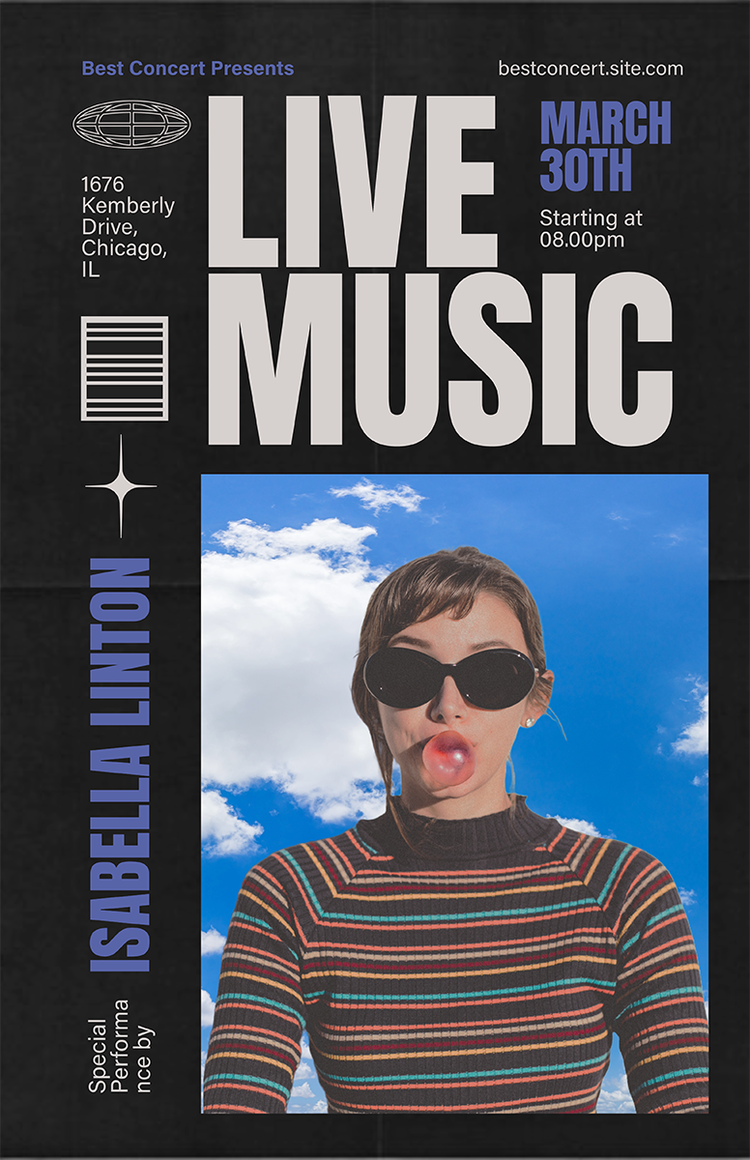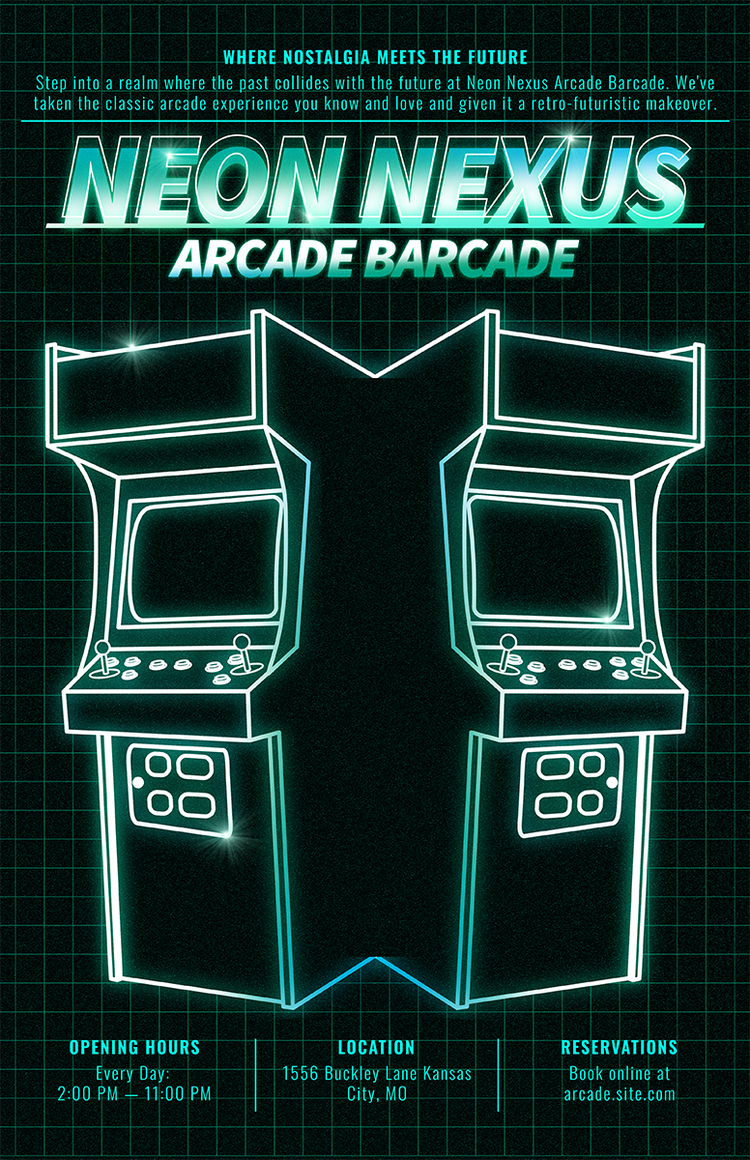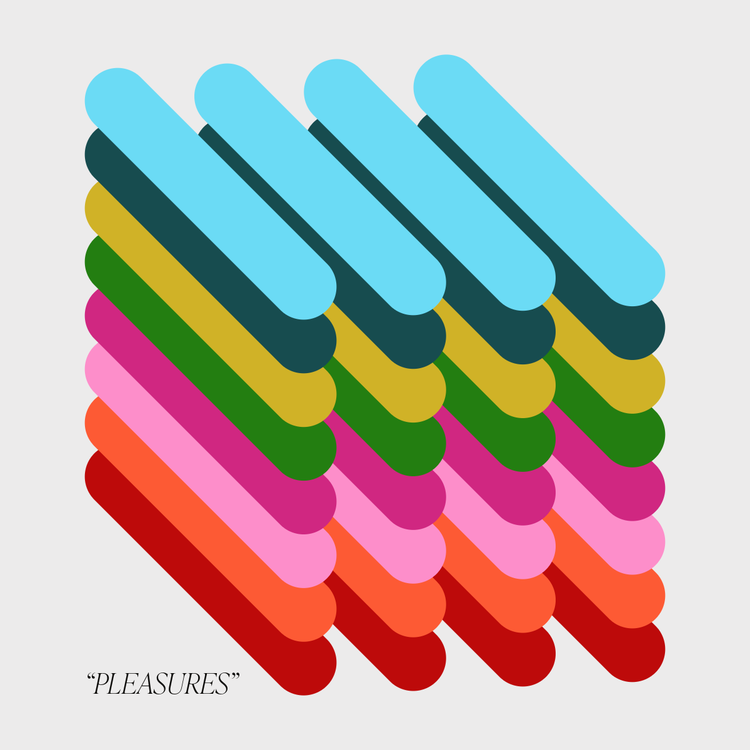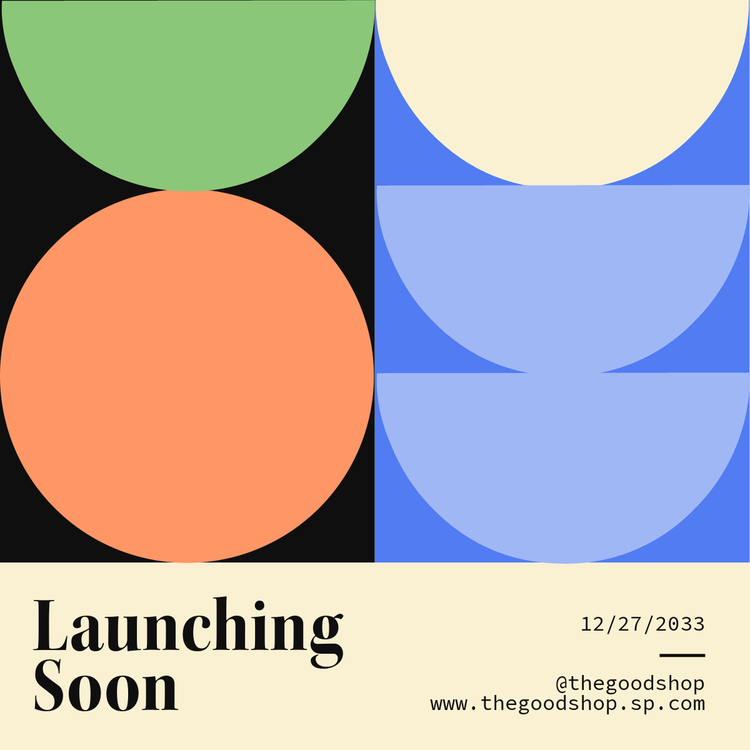Design expert Aaron Draplin’s 4 design philosophies for 2024
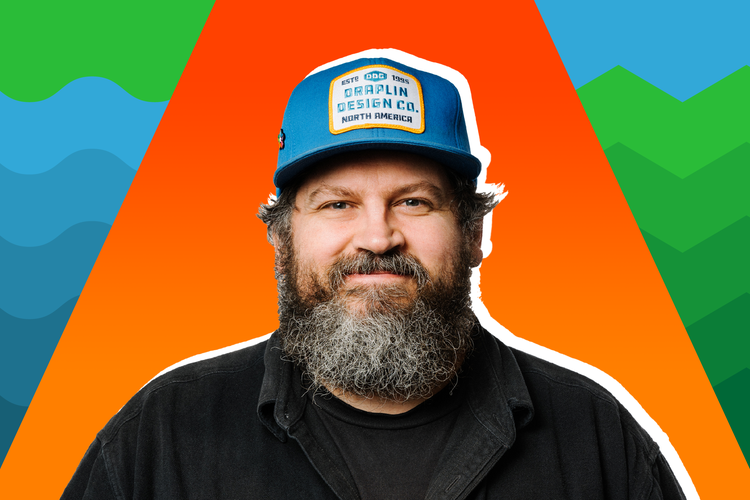
"There is still something with a pencil on paper that surprises us."
— Aaron Draplin
Talking with Aaron Draplin about design trends requires two conversations. In the first one, he’s convinced he isn’t the right guy to discuss this topic. He's "big picture," he says, and doesn’t like chasing of-the-moment trends. By the second conversation, he's still not persuaded, asking, "I don't know, is that a trend?" after offering one wide-ranging idea after another.
It isn’t that Draplin doesn’t know what’s going on in design. From his perch in the stylish studio he built in his Portland backyard, Draplin keeps one eye on the design world around him and the other on creating great art.
But he’s also busy. He’s making logos for clients like Patagonia, Conde Nast, and Nike. He's doing the record cover and font design for Chris Stapleton's latest album. He’s towing a trailer of merch all over the western United States to stops like Contravent, a small creative agency in Salt Lake City, and Adobe MAX, the perennial powerhouse creative event in Los Angeles. At every turn, he'll teach classes, host seminars, and be the keynote speaker. He’ll also meet generously with his adoring fans and design disciples. And he’ll head home to Michigan every two months to see his mom, like the good son he is.
One look at any of his color-saturated, clean-lined projects makes it clear that Draplin is outgoing and gregarious. And that's a good thing, as it turns out that producing design at breakneck speed and maintaining a busy engagement schedule isn't for the faint of heart. But it does mean that his full attention is often with him in the trenches, where he's more focused on design that sings rather than design that's necessarily en vogue.
So when he's asked to consider design trends for the masses, Draplin pauses. His ideas are as bold as his portfolio and have a hard time fitting neatly onto a list. For Draplin, trends tend to be a distraction from understanding design as a craft, so he argues for thinking about how to actually use trends instead of just getting swept up in them.
As a result, Draplin's view on trends is to evaluate design using a more holistic measuring stick than merely doing what everybody else is doing.
While he's reluctant to call them trends, Draplin describes four themes for 2024 that offer an opportunity to be deliberate about design in terms of both product and process. Deciding what really matters when it comes to creative work — what Draplin calls "the weirdness of creation” — is the key to ringing in a new year that's steeped in good design.
1. Come from a place of authenticity
Draplin believes that if you make your design approach and sensibilities align with who you are and what you care about, your end results will represent you. In other words, credibility and originality come from authenticity.
"The trend I see is people recoiling from all the social needs," says Draplin, who finds it freeing when he sees people living and creating on their own terms, not by what they think they should be doing. By "social needs," he’s talking about overall social expectations — aesthetic or otherwise. He's especially heartened by the way many people use social media as a platform to promote being true to themselves and letting creativity flow.
Whatever your medium, you can make your work in 2024 reflect an aesthetic that is unapologetically true to you.
One example of authenticity is "new nostalgia," a style that discovers contemporary interpretations of vintage styles rooted in a fascination of times gone by. It started as a revamp of 1990s design, invoking a futuristic feel characterized by a unique blend of unconventional neon color combinations and glossy, reflective surfaces. But it's stretched into an immersion of all eras, reimagining what was en vogue yesterday and making it popular today using elements like eye-catching, bold colors and hyper-realistic renderings.
2. Know when to check yourself
Draplin is always thinking about a smart approach to design boundaries. "When I think about restraint, it's kind of the opposite of trends,” he says. “It's more about how to slow myself down and basically say, when is enough enough?"
For Draplin, design boundaries are both about the discipline of design and the practice of it, so becoming a great designer is as much about a commitment to the craft as it is about being a smart editor.
"Why do you have to know 92 things?” he says. “How about getting a few right and then maybe — maybe — adding a couple to the quiver each year?"
In other words, design in 2024 is about making deliberate decisions — what to leave in, what to take out, and what to just ignore. The practice of learning how to edit back and only deliver the essential information is a skill set that takes years to sharpen but makes all the difference to your design aesthetic and your design abilities.
A trend focused on doing more with less, bold minimalism, is about turning restraint into refinement. This industrial design style sets itself apart with clean, simple lines and shapes and minimal text. Its focus is on functionality, so there's minimal decoration to create a modern, sleek aesthetic that uses emphasis, negative space, and a tight color palate.
3. Use AI as a tool rather than a solution
Draplin treads lightly when it comes to AI. He isn't threatened by it, he's just concerned AI is too much about shortcuts — until it isn't. Draplin's opinion is that AI can tend to occupy the extremes, though he does see the technology offering some benefits, as long as designers choose to use it effectively.
"My buddy had vertical formats, and he needed them to be square. So he plugged it in, and AI built the extra data. That's good," Draplin says, adding that AI should help bring your vision to life, rather than be a replacement for your creative brain.
Start making AI part of your 2024 toolbox by using it to augment your strategy for text design. AI can generate style and texture ideas you can build on to design bold, unique, or structured text. The generative fill features of platforms like Adobe Photoshop and Adobe Express can also help with adding and removing content from images using simple text prompts.
As a sounding board, AI's capabilities allow you to work more efficiently in the design inspiration process. After prototyping AI-generated text designs, you can spend more time iterating with your own tools, skills, and creative brain to execute the concepts you've dreamed up.
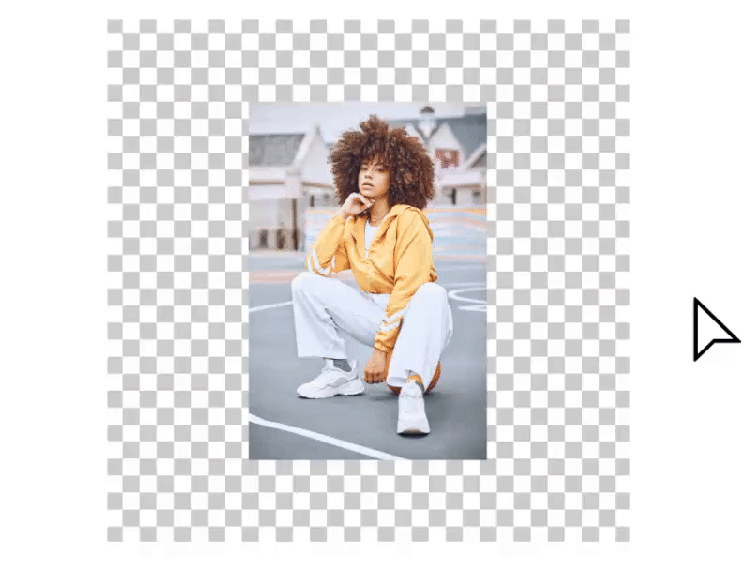
4. Devote time to developing a specialization
Make 2024 the year you decide which stream you want to put an oar in. Draplin says it’s all about doing the work to get really good in one particular discipline or another.
"You have to grind it out and have a little restraint to not Netflix it up after you get out of your 9-5 job every day,” says Draplin wryly. “You have to go home and work and create and make and share. You have to build.”
Draplin's built skills that reflect his point of view and translate it into every one of his projects. This process is an actual undertaking that takes awareness and deliberate decision-making — in other words, plain old hard work.
And while putting your nose to the grindstone might seem like a no-brainer to some designers, Draplin argues the focus of developing a specialization isn't always on creative dockets today. A world of endless tools and access to tips and tricks can make it challenging for designers to commit to the long game of achieving a well-honed craft with an intentional viewpoint.
"You can buck the system, but you've got to learn ways to do it, and it's not always the prettiest method," says Draplin, who's clear that developing a concentration of skills "means hard work. It means spreading yourself thin."
Maybe you choose to focus on including more hand-drawn elements in your work. Or perhaps you start to come up with distinctive characters or icons for your brand instead of relying on stock. You could even decide to get really good at animation and make that skill a stand-out part of your portfolio.
Whatever you choose, specialization is where the payoff happens. Draplin says it's the secret sauce that makes it possible for designers to do the creative work they want because clients are attracted to a one-of-a-kind set of core capabilities.



Keep the creative door open
While Draplin has developed a style that makes it easy to spot his designs a mile away, he's still looking for ways to inform his point of view.
"There's a curiosity just to keep learning," Draplin says. And he makes this happen for himself in all sorts of creative ways. He's thinking about building a house — one that he not only designs but also actually constructs himself. And he doesn't just host events, he attends them. And sketches. And creates. And learns from people who don't make art for a living. He goes to yard sales and estate sales and flea markets, filling his Instagram account with logos he finds that catch his eye, even after years of developing his own.
"Just keep your options open. You don't have to go wild, but taste everything just a little bit," says Draplin.
With so much to taste and so much to create, 2024 is teeing up to be a year filled with great design possibilities.
Step up your 2024 design sensibilities with Adobe Creative Cloud
With the world’s best creative apps and services, you can make anything you can imagine, wherever and however you’re inspired. Specific tools like Adobe Express and Adobe Firefly help you design and prototype quickly and easily, while the whole capable suite of Adobe Creative Cloud apps let you create beautiful designs, icons, and more with workstreams that make sense, whether you design on your own or as part of a team.
Don't wait for next year. Start creating designs right now that will captivate, delight, and inspire in 2024 and beyond.
